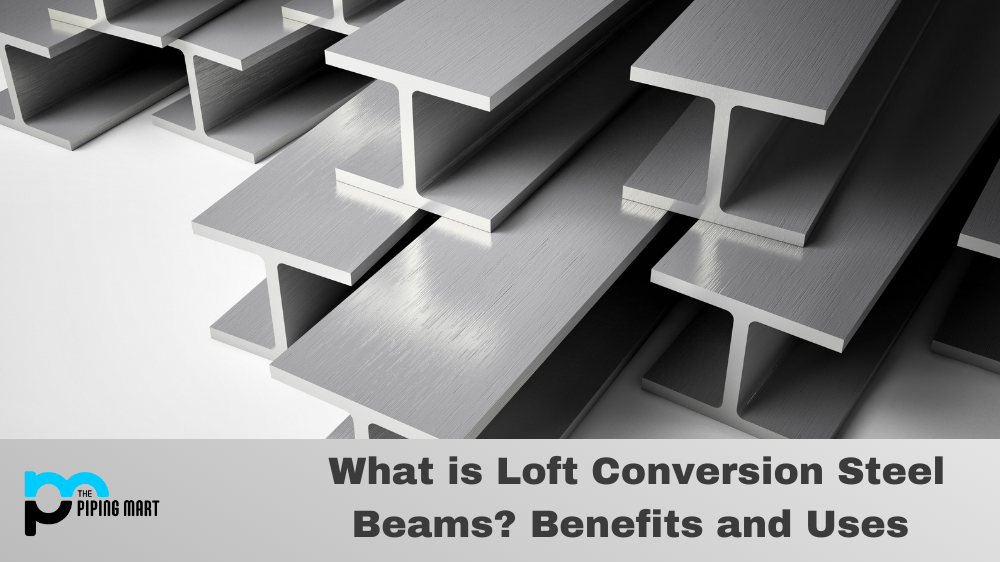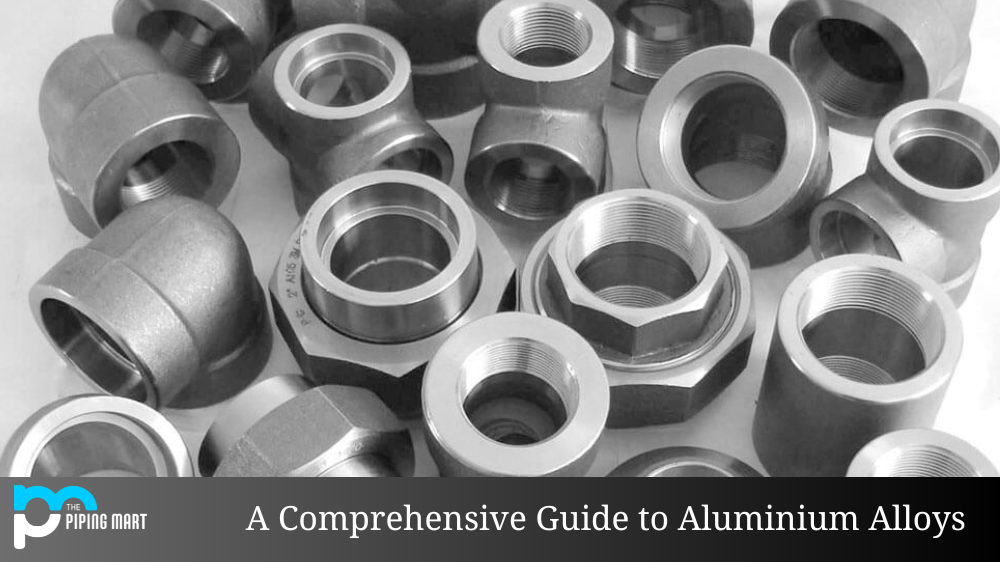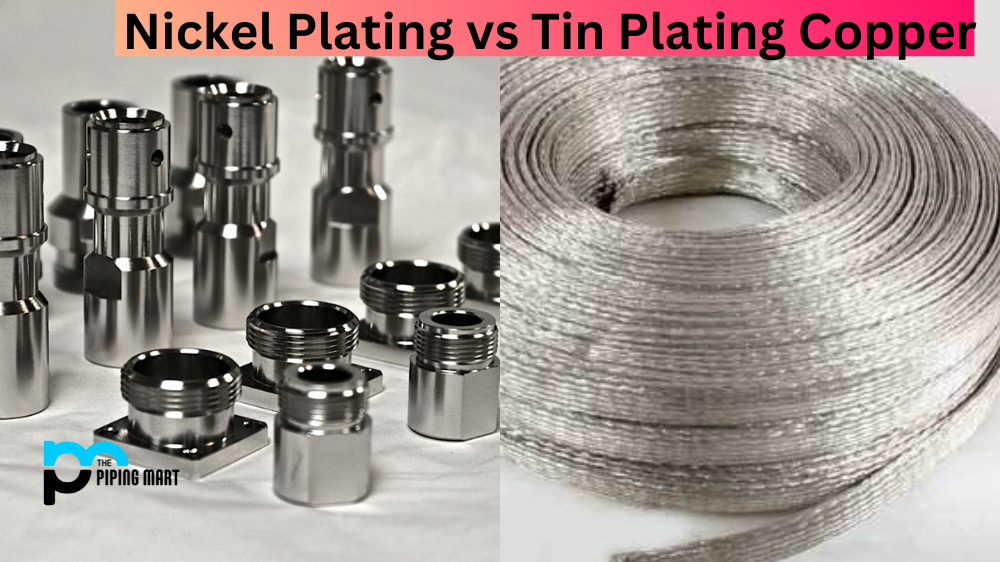Loft conversions are a great way to add space, value, and comfort to your home. Steel beams are an integral part of the loft conversion process, as they help support the weight of the roof and walls in your newly converted loft. If you’re considering a loft conversion for your home, it’s important to understand how steel beams work and why they are essential for ensuring structural integrity.
Benefits of using Loft Conversion Steel Beams
Loft conversion steel beams offer a range of advantages for homeowners looking to make changes to the top floor of their property. With stronger and more robust support than timber beams, these provide a secure platform to build your loft conversion on. Their light in weight nature makes them easier and quicker to install, while they also come with exceptional fire-resistance qualities. Not only do loft conversion steel beams offer a more durable finish, their overall structure is much better suited for exposure to extreme weather conditions – making them the ideal choice if you live in an area where wind or rain is common. All of these benefits combine to make using loft conversion steel beams the smart choice for any homeowner considering a change to the upper levels of their building.
Types of Steel Beams Used in Loft Conversions
The type of steel beam used in a loft conversion will depend on the size and shape of the conversion, as well as the existing structure that needs to be supported. There are three main types of steel beams used in loft conversions: RSJs (Rolled Steel Joists), UB (Universal Beams), and UC (Universal Columns). Each type has different properties that make it better suited for certain conversions.
RSJs
RSJs are large rolled steel “I” beams that can support heavy loads. They provide excellent strength and rigidity, making them suitable for supporting both walls and roofs in large-scale loft conversions. RSJs are usually installed over long spans, making them ideal for supporting heavier loads such as those created by upper floors or extensions.
UB
Universal beams have similar properties to RSJs. UBS typically feature tapered flanges, which provide additional strength where needed most. Still, they come in various sizes, allowing them to be used in smaller-scale projects such as single-story extensions or small loft conversions.
UC
Universal columns feature two parallel flanges that act like I-beams but offer more flexibility than other types of steel beams due to their ability to be cut down into any length required for your project. This makes UCs perfect for use in intricate designs or when space is limited.
Conclusion
When it comes to loft conversions, steel beams are an essential part of ensuring structural integrity throughout your entire project. While there are several different types of steel beams available, each with its own unique properties and benefits, all serve the same purpose—to support the load created by your new loft space while providing you with peace of mind knowing that your conversion is safe and secure. With this information, website owners and SEO newbies should now feel empowered to decide what type of steel beam would best suit their needs during their own loft conversion project!

Pipingmart is a B2B portal that specializes in metal, industrial and piping items. Additionally, we share the latest information and information about materials, products and various types of grades to assist businesses that are involved in this business.




